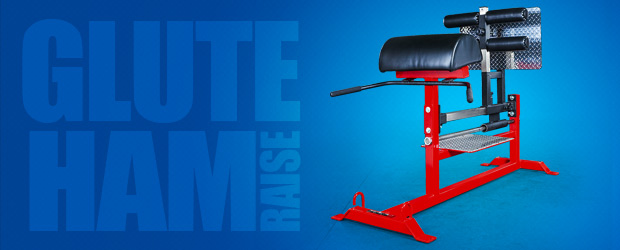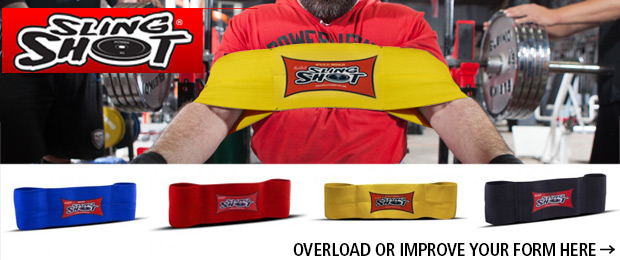
The glute-hamstring raise (GHR) is one of the most under utilized tools in the gym. Even worse, most gyms don’t even have a GHR, instead opting for the mainstays you see most often: the lying, seated and standing leg-curl machines. While not bad tools, these machines don’t hold a candle to the type of development you can get out of the GHR if you use it correctly.
Let’s take a moment and look at the GHR setup. If set up correctly, the client or athlete involved is pulling about 75% of their body weight up with just their hamstrings — or for my A&P people out there, the biceps femorus. So here is some quick math for you: I weigh around 275 pounds. If we take 75% of 275, that equals 206 pounds my hamstrings and glutes have to lift on their own. It is worth noting that I have had 350-pound linemen do these. The sheer volume of total weight lifted gets pretty serious, pretty fast. Let’s go back to the previous equation and say I do four sets of 10 reps. That comes out to be 40-reps x 206 pounds, for a staggering 8,250 pounds of volume. With this information in mind, I can use the same equation for the lying-leg curl, which in most commercial gyms is only going to go up to 150 pounds. When you run the numbers, four sets of 10 reps equaling 40 reps multiplied by 150 pounds comes out to only 6,000 pounds of volume, a difference of 2,250 pounds. That’s a lot of missed growth potential.
MORE: 16 Methods to Optomize Your Glute Ham Raise
The standing and seated leg curl or no different in that they, much like the lying leg curl, have an upper limit as to what one can use on them before you sacrifice form or risk hurting yourself. The GHR doesn’t have these upper limits; the only limits are lack of strength or imagination. Let’s look into three common problems that you may have seen with your clients while using the GHR.
Problem 1: Floppy Setup
If a client gets in the GHR, hangs there loosely, then proceeds to try and raise themselves, they have a floppy setup. This usually ends in failure and frustration. You can solve this with some very direct coaching cues.
How I coach my clients to avoid this is be telling them to get tight like they would before they bench, squat, or deadlift. This involves bracing the abdominal wall and breathing into the diaphragm. This usually fixes the problem by stiffening up the torso area.
Problem 2: Unlocked Pelvis
The next problem area, and this is by far the trickiest portion of the movement, is the concentric portion. The problem is with getting the client to flex at knee while pressing their feet into the footplate. Up until this point in learning the GHR, they have been accustomed to pulling their heels to their glutes using the lying leg curl. So, with this being a movement done in a totally different direction and more intense, it makes it quite challenging to learn. When you get to this phase of the movement, it is most important that you cue the client to squeeze their glutes and flex at the knees. If necessary, “force flex” the knees with your hands (ask permission first — some people don’t like being touched). The reason behind squeezing the glutes is to lock in the pelvis and help engage the hamstrings even more. The video below shows this method.
Problem 3: Duck Footing
The third and final problem area is external hip rotation resulting in something I like to call “duck footing” on the footplate. This is caused by weak adductors and poor glute activation. There are tons of exercises that will address this issue, but for the sake of time I’m going to offer you a quick and easy solution: using Mark Bell's Hip Circle. While originally designed to warm-up the hips for squats and deadlifts as well as teaching the “knees out” cue, I have found that when placed directly over or above the knee, duck footing is virtually eliminated. Once this has been placed on the client they will be able to perform the GHR without this happening. This in turn leads to them being able to recruit the inside head of the hamstrings, as this head is routinely underdeveloped relative to the outer head.
I believe that if you use the tips above you and your clients will get even more benefits from the GHR.
Any comments or questions are greatly appreciated. Here’s to stronger hammies.
Charles Gardner has been training for over 10 years and is certified under the International Sports Science Association (Specialist of Strength and Conditioning, Personal Training, and Specialist in Sports Nutrition). A graduate from Oakwood University, he taught their weight training and physical conditioning class and was head gym director of their facility from 2007 to 2014. He is currently pursuing a Masters of Science degree in Exercise Science.










2 Comments